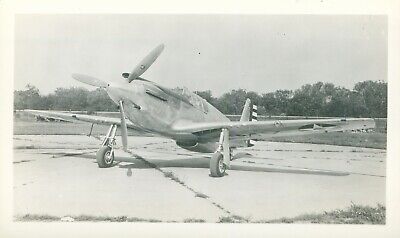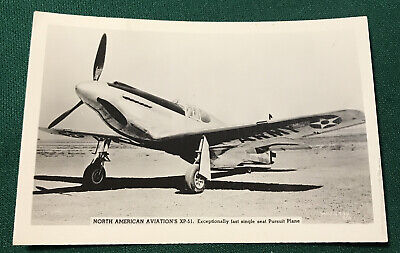drgondog
Major
looks like a variation of MX241 Rocket Bazooka type) system, first installed on P-51D-1-NA 42-106540 at CalTech circa Feb 1944. P-51B inst'l was on 43-7113 IIRC in late March and kits were sent to CBI in July for both P-51B/C and D. Very inaccurate. Reminds of Huey gunship wrt accuracy. Rocket fins were frequently bent and required care pre-flight to at least straightn them out.Neat shot - I just won it on eBay. Looks like the underwing mounting bracket for the bazooka tubes. More important for me, I think this is the 16th FS (51st FG) - a unit I seen only one other photo of!
Cheers,
Dana

![355fg book [marshall].jpg](/forum/data/attachments/764/764569-9cdb7875d0ac8cea7fdc79dfb7da7018.jpg)
![355fg WRBbar_Jane IV_414799_oct1944 [marshall].jpg](/forum/data/attachments/764/764570-764956fad863dae3106d02e0b5e9a504.jpg)
![355fg WRBbar_Jane IV_belly landing 29nov1944 [marshall].jpg](/forum/data/attachments/764/764571-ac456050b20563d9fff38a3294ba36fb.jpg)


